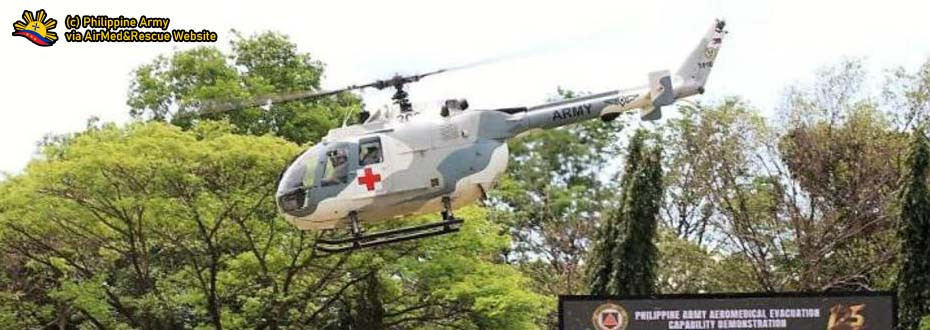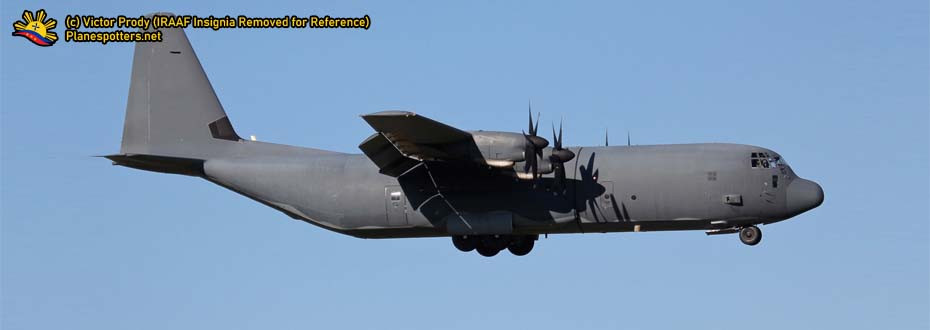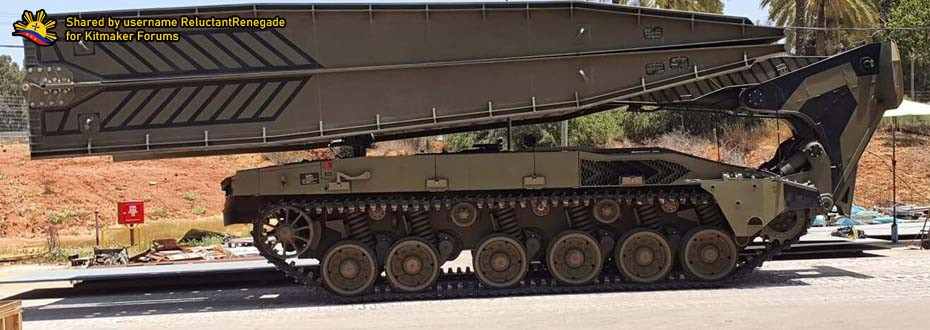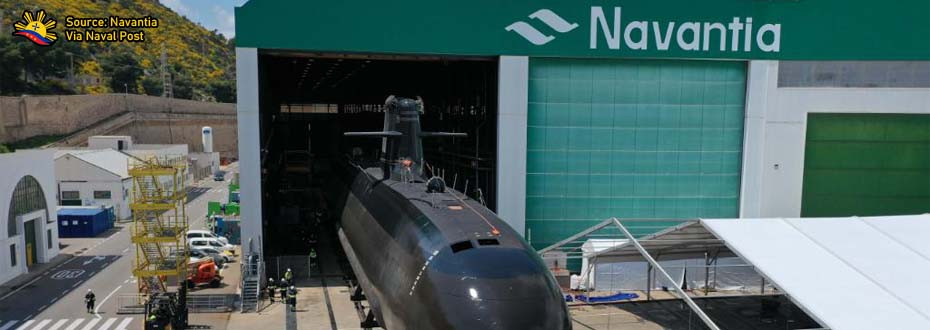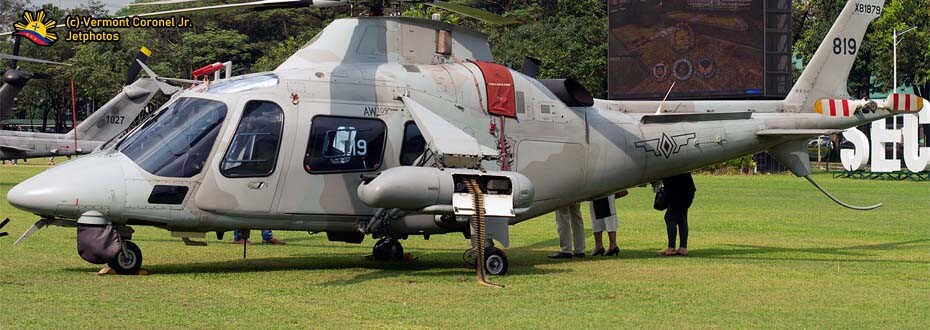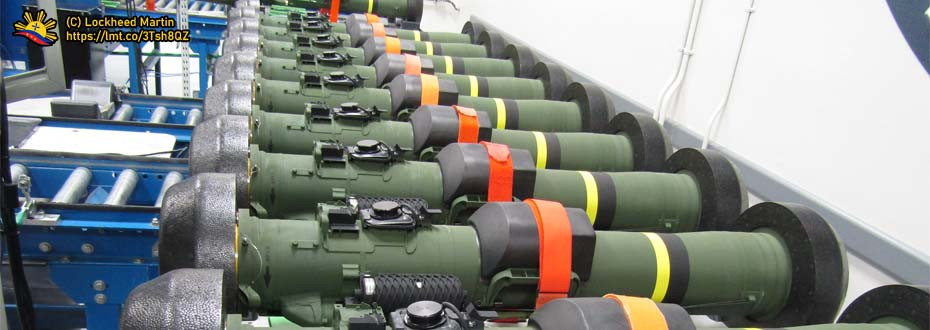INTRODUCTION
 |
| BRP Tubbataha, the first MMRV of its class that is called the Parola-class vessels, named after the country's Lighthouses. Photo credits from its respective owner. |
The Philippine Coast Guard (PCG) recently received its latest and the last MMRV purchased from Japan through a Soft Loan. Also, they received smaller vessels such as the Boracay-class Patrol Vessel that was produced from France that is intended for protecting shallow waters, making larger vessels like the Parola-class redesignated to the deeper waters which it is needed like the Sulu Sea. This manages the coast guard to deploy their vessels that cover larger bodies of territorial waters than ever before. This gives them much significance as their organization seeks more vessels, facilities, and the personnel that will man the ship in which this not only improve their capabilities for maritime domain awareness but also this will provide more job opportunities to the citizenry especially the ones that have a background in maritime engineering and/or equivalent in order to feed their families as well as to improve that career path and be successful along the way.
Hence, the organization at present does not put itself limited to their existing vessels such as the MRRVs. In fact, they opt for larger vessels which will be the first for the PCG to operate, making them at par to their peers in the Philippine Navy. We will discuss in detail about these larger hull projects that they aspire to have which is a big plus in the organization as a whole.
THE ROLE OF THE COAST GUARD IN THE CONTESTED WATERS
 |
| Both China and Japan utilized their coast guard vessels in order to patrol the contested Senkaku islands which are presently claimed by both sides. |
It is understandable that the Philippine Coast Guard, just like any other coast guard of various countries, have this role of implementing their respective laws in a way that they are the law enforcers in territorial waters that deter smugglers and illegal movement of people as well as to rescue any that is in distress out of the open waters.
In this article from the Diplomat, it discusses the importance of the roles respective countries' coast guards obtain especially in de-escalating the situation in the contested waters like the South China Sea (West Philippine Sea) and the East China Sea where the deployment of these white hulls decreases the likeliness of a shooting conflict rather than deploying Navy vessels that may spark any confrontation in place such as the ones that happened in Scarborough Shoal way back 2012 wherein BRP Gregorio del Pilar was deployed to address the situation on illegal fishing where later on it was reinforced by Chinese ships nearby.
So, with the on-going projects of the Coast Guard on more larger platforms, this will address the necessity of patrolling on larger bodies of water in a way that endurance-wise can stay in the sea for days wherein their presence is readily available across the country's territorial waters where they are needed, improving their performance as an organization.
Now, on the on-going offshore vessel projects of the coast guard.
JAPANESE 94-METER OFFSHORE PATROL VESSEL
 |
| Japan Coast Guard obtains a number of large offshore patrol vessels or cutters, in which the Philippines may get two brand new hulls derived from it. |
While Japan's shipbuilders provided 10 units of the 44m vessels for effective patrol use, they are also up for the taking especially for a larger, 94-meter cutter or offshore patrol vessel which definitely means a for the Philippine Coast Guard especially in performing their mandate as an organization.
As part of the Japanese deal on financing the vessels needed for the Philippine Coast Guard (which includes the Parola Class), this unit is also covered where it will be undertaking the same option which is primarily on providing soft loan for these ships' purchase.
The plans for this project calls for the purchase of two 90 meter vessels from Japan with the financial terms and conditions aforementioned (other outlets details the length of the ships as 94 meters). The financing will be made by the Japanese International Cooperation Agency or JICA where this Japanese agency aims for closer cooperation between both nations especially on this endeavor, now that the threats are looming on a rising Chinese power which such move may serve as a countermeasure given that both China and Japan also embroiled on their own disputes over Senkaku Island chain in which China claims as their own, naming it on their own as the Diaoyu Island chains.
Given that the ships will be made by a shipyard in Japan, the probability for its design is that it will replicate the ones available in the Japanese Coast Guard in the same way that it attributed on the Parola-class multi-role response vessels that are currently in active service.
In a statement made last month by the Japanese Deputy Chief of Mission Takehiro Kano while in the country, the two proposed 90 or 94-meter Coast Guard cutters from Japan is at the design stage and will be delivered at some time within two years, approximately at par to the time period the Philippine Navy will receive its missile-armed frigates from South Korea.
From there, the cutters' commission to the active duty under the Philippine Coast Guard will be serving as the largest ones to be within the service of the organization, enabling them to patrol the country's territorial waters at a length of range and time as mandated where it improves a bit with regard to the country's Maritime Domain Awareness.
OCEA FRANCE 84-METER OFFSHORE PATROL VESSEL [OPV-270]
 |
| The Screengrab of the construction of an OPV-270 ship for the Philippine Coast Guard. Link to the corresponding YouTube channel here. |
Obtaining such assets definitely decreases the workload for the other large vessels that the PCG already obtains in its inventory such as the Parola-class MMPVs, allowing it to patrol on deeper waters such as the Sulu Sea where it is the area of concern when it comes to various maritime concerns such as smuggling of goods and movement of forces threatening the country's national security.
While this French shipyard builts these small vessels for the Coast Guard's littoral capabilities, their role for improving the performance of the organization through supplying of vessels does not stop there. They are also in the contract of providing two, larger 84m Offshore Patrol Vessels for the PCG to operate wherein it is essential especially for deeper sea patrols as well as for idealistic presence on seas like the country's Exclusive Economic Zone.
Having such vessel definitely, help the organization perform its mandate in a better way wherein the essence of maritime domain awareness can further provide than what the present ones in the inventory can deliver. Also, this means that they can cover larger areas of water where their presence is needed more in a way that they will complement with the ones in the Philippine Navy in assuring the protection of this nation from threats originating in the sea which poses danger on the country's sovereignty and also its citizen's way of living.
Complementing the Japanese 90~94 meter cutters, the Philippine Coast Guard will end up having four (4) brand new vessels, all of which being larger than any of the ships currently in service. Hence, obtaining them all will provide a huge, significant boost to the agency's capability and performance in terms of delivering its duties and responsibilities as mandated by law.
TO WRAP THINGS UP...
 |
| This is the French-made Boracay-class Patrol Craft for the Philippine Coast Guard. This is the latest addition to the fleet alongside the Japanese-made Parola-class MRRVs. Courtesy to Asia Policy website for the photo. |
From there, we can see a better organization where they can deliver their duties and responsibilities as mandated by law more efficiently and effectively as these vessels will cover more areas of water that the country needs to be protected in order to ensure the national interests of the country as well as implementing the rules in the sea where it is for the benefit of the citizenry, given that the Philippines in geographical setting is an archipelago, with secures seas being one of the essentials for its growth and development.
So, there shows the essence on the importance of purchasing additional vessels for the Philippine Coast Guard, especially larger ones like the BRP Gabriela Silang from France or the 90-meter Coast Guard cutter from Japan whom among themselves saw an enemy on China.








